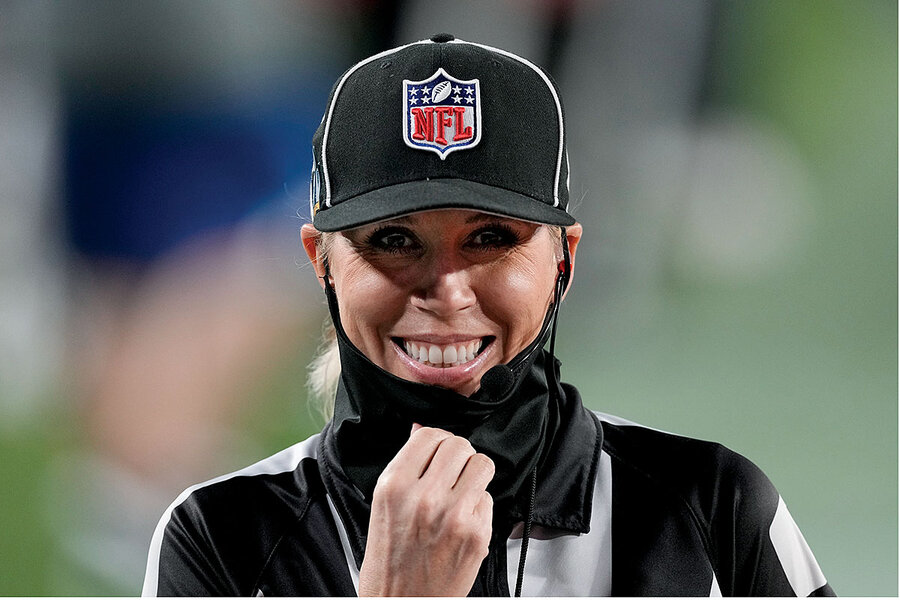Covering the bases: What women offer men’s sports
Loading...
As a teacher, one of my least favorite phrases was “those who can’t, teach.” It implied that educators must have washed out of the real world.
But this week’s cover story puts that old adage in a new, almost subversive, light. In it, we meet Justine Siegal, who had dreamed as a girl of playing for the Cleveland Indians. She never got to test that dream because of her gender. Instead, she became the first woman to be paid by a Major League Baseball organization for a coaching position.
That women are making inroads into men’s professional teams may seem curious. After all, women have their own leagues. But, from youth sports up through the pros, women’s sports are consistently undervalued by society, compared with men’s.
That second-tier status was on display last month during the NCAA championship, when Ali Kershner, a sports performance coach for Stanford University, posted online photos of the elaborate weight room on offer for the men’s teams during the tournament and the single rack of barbells made available to the women’s teams. The posts quickly went viral, and the NCAA responded with a fully stocked weight room and an apology.
I have encountered similar double standards as an assistant amateur boxing coach with USA Boxing. When one of the fighters I worked with won the New England Golden Gloves, we were presented with the option of taking her to nationals in Florida. Had she been a male fighter, there would have been funding to help cover the travel costs. Female fighters were expected to fundraise to pay both their own way and their coaches’.
When it comes to the pros, female athletes consistently receive less funding, less airtime, and, ultimately, less recognition.
In 2019, the average annual compensation for an MLB player was $4 million. Players for the women’s professional softball league, National Pro Fastpitch, earned $6,000 that year. While baseball and softball are hardly a perfect comparison, marked disparities span the spectrum of professional athletics. Even in tennis, one of the few sports where women’s matches can draw higher viewership than men’s, female players, on average, earn less than their male counterparts.
Why does this matter?
The world of sports is both a reflection and a driver of cultural trends. Seemingly small changes, like Sarah Thomas taking the field to referee the 2021 Super Bowl, are significant because they send ripples of broader movement across society.
Professional sports is one of the few arenas that holds the attention of people from pretty much all walks of life. Millions of fans look to sports not just for entertainment, but for something to bond over and root for. And they love nothing more than watching athletes push themselves to break records and surpass their personal bests. Those efforts routinely shatter the expectations of what is thought to be possible.
When women like Ms. Siegal take the field as officials, they stretch the bounds of society’s perceptions of what women can do and how much they have to offer even male-dominated sports. And young players and fans everywhere – male and female – are watching.






